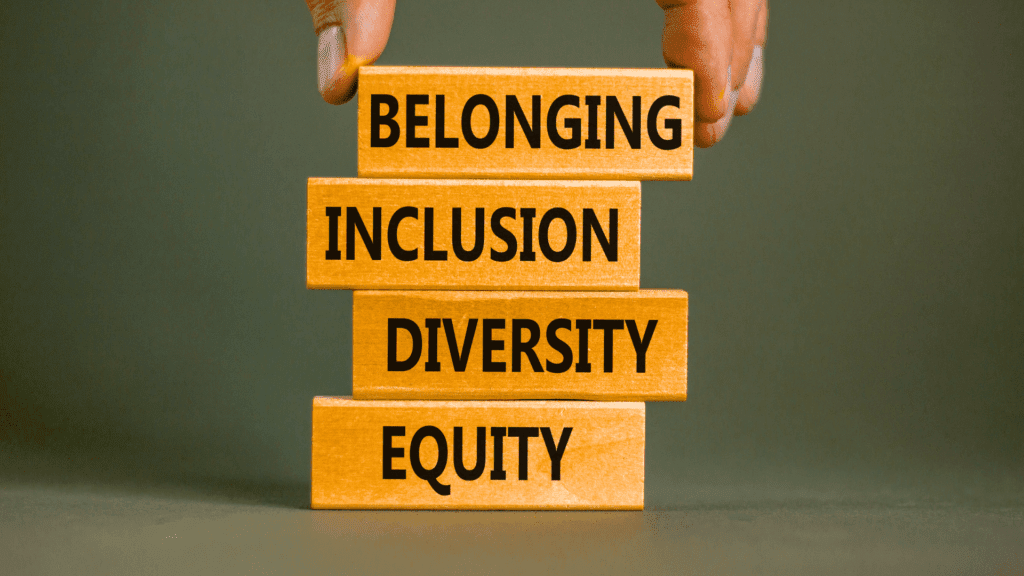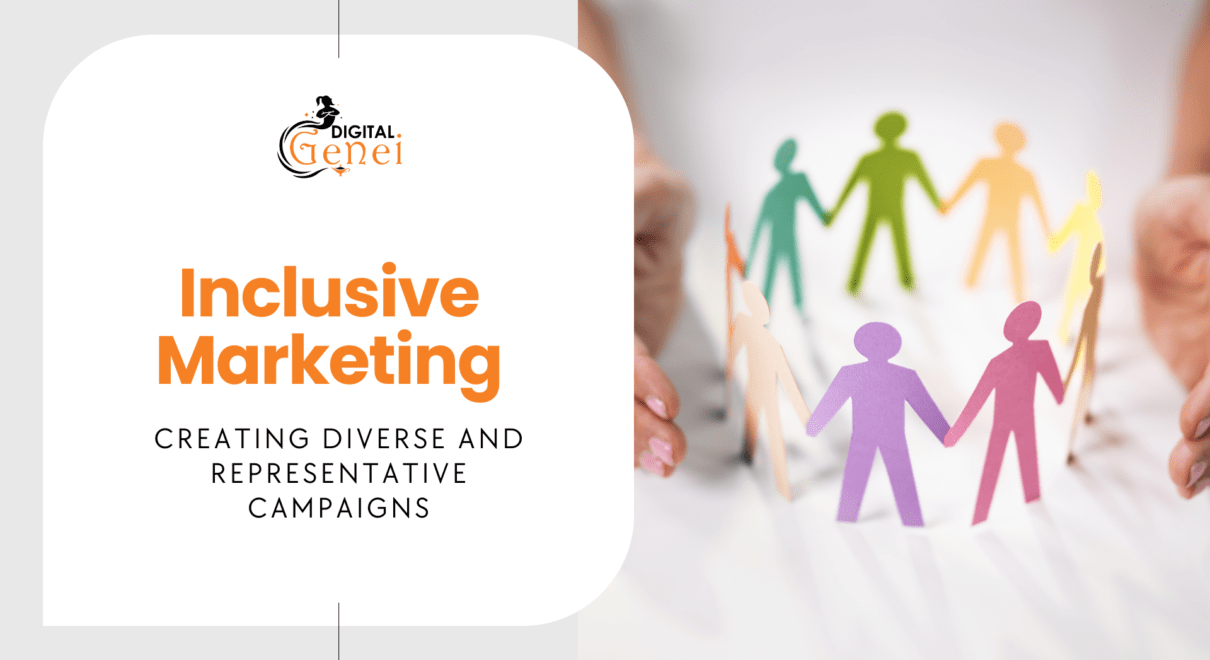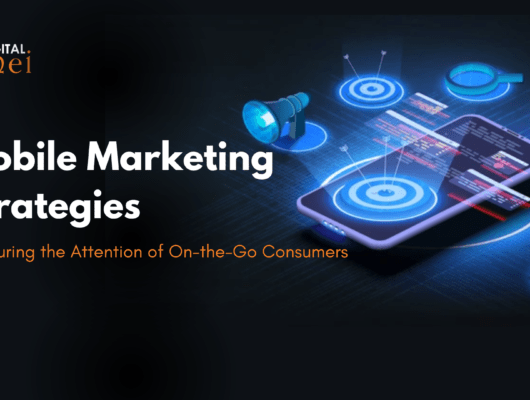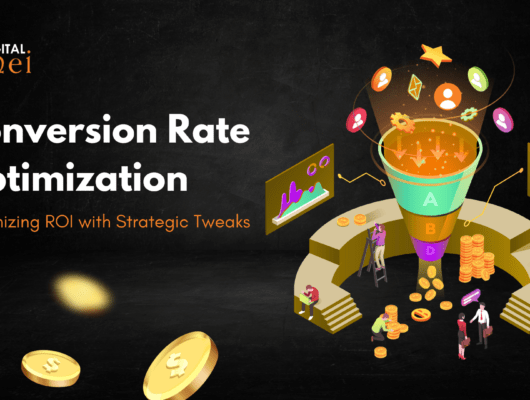Inclusive Marketing: Creating Diverse and Representative Campaigns
How can brands truly connect with a diverse audience in today’s global marketplace? The answer lies in inclusive marketing, which ensures that campaigns are diverse, representative, and resonate with a wide range of consumers. Inclusive marketing not only reflects societal values but also drives business success by appealing to a broader audience.
The Need for Inclusive Marketing
Inclusive marketing goes beyond just showing diversity in advertisements. It encompasses creating campaigns that genuinely represent and resonate with different cultures, identities, and experiences. As Sheryl Sandberg, COO of Facebook, says, “We need to stop buying into the myth about gender equality. It isn’t a reality yet.” This sentiment extends to all forms of diversity, including race, ethnicity, age, ability, and sexual orientation.
Benefits of Inclusive Marketing
Broader Audience Reach:
- Inclusive marketing allows brands to reach a wider audience. By representing diverse groups, brands can connect with consumers who feel seen and valued. This fosters brand loyalty and expands market reach.
Enhanced Brand Reputation:
- Brands that prioritize inclusivity are often viewed more favorably. Inclusive marketing demonstrates a brand’s commitment to social responsibility and equity, enhancing its reputation and trustworthiness.
Increased Engagement:
- Campaigns that resonate with a diverse audience tend to see higher engagement. Inclusive content is more likely to be shared and discussed, amplifying the brand’s message.
Innovation and Creativity:
- Diversity brings different perspectives, leading to more innovative and creative campaigns. Inclusive teams can produce content that is fresh, relevant, and appealing to a variety of consumers.

Key Principles of Inclusive Marketing
1. Authentic Representation:
Ensure that your campaigns authentically represent the diversity of your audience. This means going beyond tokenism and portraying individuals in ways that reflect their real experiences and stories. As actress and activist Laverne Cox puts it, “When you put people in boxes and you decide who they are, you limit their ability to be truly authentic.”
2. Cultural Sensitivity:
Be aware of cultural nuances and sensitivities. Research and understand the cultural contexts of your target audiences to avoid stereotypes and misrepresentations. This helps in creating content that is respectful and meaningful.
3. Accessibility:
Make your marketing content accessible to everyone. This includes using inclusive language, providing subtitles and audio descriptions, and ensuring your digital platforms are accessible to people with disabilities. Accessibility broadens your audience and shows a commitment to inclusivity.
4. Diverse Talent:
Employ diverse talent both in front of and behind the camera. A diverse creative team brings a range of perspectives that can enrich your campaigns. Representation in all aspects of production ensures that inclusivity is embedded in the process.
5. Continuous Improvement:
Inclusive marketing is an ongoing effort. Continuously seek feedback, learn from mistakes, and strive to improve. Engage with your audience and be open to making changes based on their input.
Strategies for Implementing Inclusive Marketing
1. Conduct Audience Research
Understand the demographics, preferences, and needs of your audience. Use this information to create campaigns that reflect their diverse experiences. Surveys, focus groups, and social listening tools can provide valuable insights.
2. Develop Inclusive Content
Create content that reflects the diversity of your audience. This includes using diverse imagery, language, and storytelling. Ensure that your content is relatable and resonates with different groups.
3. Collaborate with Diverse Influencers
Partner with influencers who represent different communities. Influencers can help your brand reach new audiences and add authenticity to your campaigns. Choose influencers whose values align with your brand’s message.
4. Promote Internal Diversity
Foster a diverse and inclusive workplace. A diverse team is better equipped to understand and address the needs of a diverse audience. Encourage diversity in hiring, leadership, and decision-making roles.
5. Measure and Adjust
Track the performance of your inclusive marketing campaigns. Use metrics such as engagement, reach, and customer feedback to evaluate effectiveness. Be willing to adjust your strategies based on what you learn.

Examples of Successful Inclusive Marketing
Dove’s Real Beauty Campaign:
- Dove’s Real Beauty campaign has been celebrated for its authentic representation of women of all shapes, sizes, and backgrounds. This campaign challenged beauty stereotypes and resonated with a diverse audience, driving both brand loyalty and sales.
Nike’s “You Can’t Stop Us” Campaign:
- Nike’s “You Can’t Stop Us” campaign highlighted athletes from various backgrounds and abilities, emphasizing unity and resilience. The campaign’s powerful message and inclusive imagery received widespread acclaim and engagement.
Microsoft’s Adaptive Controller Ad:
- Microsoft’s ad for its adaptive controller featured young gamers with disabilities, showcasing the brand’s commitment to accessibility. This campaign not only promoted the product but also highlighted the importance of inclusivity in gaming.
Conclusion: Embracing Diversity for Business Success
Inclusive marketing is not just a trend but a necessity in today’s diverse world. By creating campaigns that reflect and resonate with different communities, brands can build stronger connections, foster loyalty, and drive business success. As Maya Angelou famously said, “We all should know that diversity makes for a rich tapestry, and we must understand that all the threads of the tapestry are equal in value.” Embrace inclusive marketing to weave a richer, more vibrant tapestry for your brand and audience.





